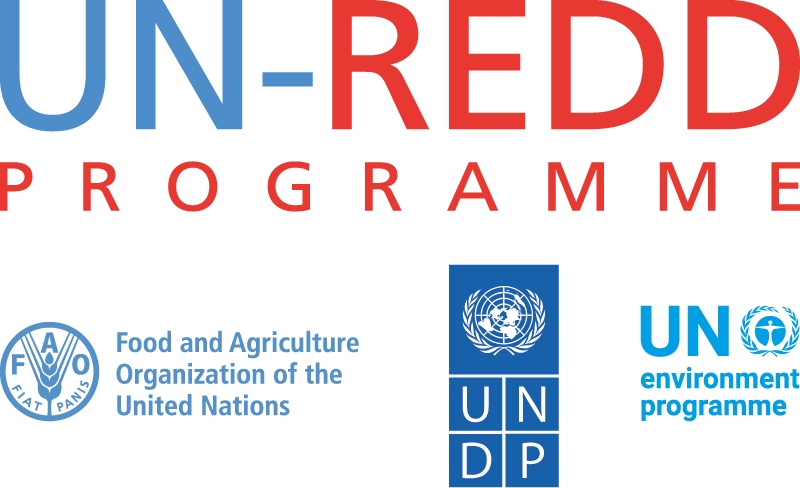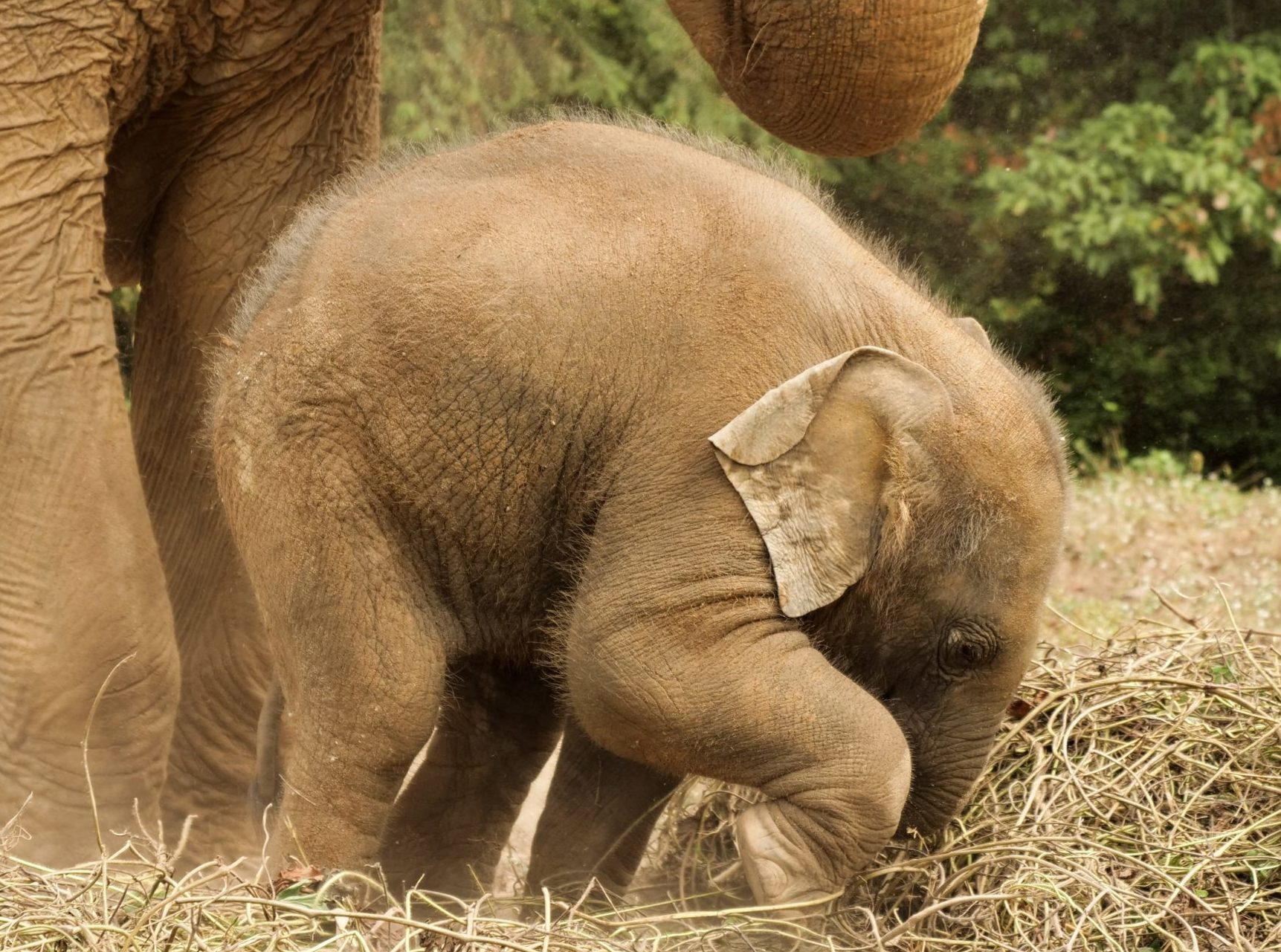
BOOSTING FOREST CONSERVATION IN THAILAND
Covering about 40 percent of Thailand’s territory, forests are critical for the country’s environment, economy, and a lifeline for many communities. Yet across Thailand and the larger Lower Mekong Region, illegal exploitation and trade of forest products are putting pressure on these ecosystems and the people depending on them. That pressure will only increase as global demand for wood products rises faster than supply, creating significant shortages by 2050.
With support from UN-REDD’s Sustainable Forest Trade in the Lower Mekong Region (SFT-LMR) initiative, Thailand is one of the five countries in the region working to boost its commitments to the legal and sustainable trade of wood products, to strengthening its forest and land governance to reduce illegal logging, and to reducing forest degradation and deforestation. The project includes the national government, forest, and local authorities, NGOs, companies, and forest communities.
Providing access to legal and sustainable forest products to communities and smallholders is a key SFT-LMR target. Located next to Bangkok’s industrial area, Bangkachao is an island on the Chao Phraya river, considered an urban jungle and a green oasis for Thailand’s capital. It absorbs about 6,000 tonnes of carbon per year and produces up to 6 million tonnes of oxygen annually. The local community is now working to restore and increase this green area to secure a more sustainable future. The Bangkachao Agroforestry Community Enterprise, supported by the SFT-LMR, aims to improve locals’ capacity to conserve local ecosystems and improve mangrove biodiversity, planted forests, as well as water and soil management on farmland. As the area suffers from forest degradation, soil erosion, and salinization, improving forest management and conservation will help address these issues.
“Local schools are among the project’s beneficiaries,” says Phathanajarin Suankaewmanee, manager of the training centre assisting 10 local schools on agroforestry, fruit farming, eco-tourism and commercializing forest products. “They learn to monitor water salinity, build freshwater storage for plantations and agriculture, collect water and soil data and plant perennials, such as coconut trees, rubber, bamboo, or mahogany, which can generate economic value in the future. This also increases youth awareness around agroforestry and forest conservation and improves job opportunities in the community.”
The project is also helping locals use geographic information systems and mapping to monitor mangroves and planted forests and to pilot areas for carbon credit assessments. Using QR codes to register trees will also help with tracking tree growth and degradation, while improving digital skills in the community.
“Sustainable forest trade will improve Bangkachao livelihoods by generating income from a greener economy,” says Suankaewmanee. “Bangkachao will be able to meet its conservation goals while generating sustainable incomes and being incentivised to engage in conservation and agroforestry.”

